Plural Possessive Nouns Worksheet Exercise
Plural possessive nouns worksheets provide an engaging way for students to practice and reinforce their understanding of this grammatical concept. Designed for upper elementary or middle school students, these worksheets offer a variety of exercises and examples to help them master the proper use of plural possessive nouns in their writing.
Table of Images 👆
- Plural Possessive Nouns Worksheets
- Contraction or Possessive Noun Worksheet
- Singular and Plural Nouns Worksheets
- Plural Nouns Worksheets 3rd Grade
- Singular and Plural Possessive Nouns Worksheets
- Plural Possessive Nouns Worksheets 2nd Grade
- Possessive Nouns Worksheets
- Singular and Plural Worksheets
- Possessive Apostrophes Worksheets
More Other Worksheets
Kindergarten Worksheet My RoomSpanish Verb Worksheets
Cooking Vocabulary Worksheet
DNA Code Worksheet
Meiosis Worksheet Answer Key
Art Handouts and Worksheets
7 Elements of Art Worksheets
All Amendment Worksheet
Symmetry Art Worksheets
Daily Meal Planning Worksheet
What is a possessive noun?
A possessive noun is a noun that shows ownership or possession of something. It is formed by adding an apostrophe and the letter "s" ('s) to the end of a singular noun, or just an apostrophe (') after a plural noun that ends in "s." Possessive nouns indicate that something belongs to the noun they are referring to.
When do we use apostrophes with plural nouns?
Apostrophes are used with plural nouns only when indicating possession or ownership, not for plurality. For example, "the students' books" shows possession (the books belong to the students) while "the students" simply indicates a group of students.
What is the rule for forming plural possessive nouns?
To form plural possessive nouns, add an apostrophe after the s in plural nouns that already end in s, or add an apostrophe followed by an s to plural nouns that do not end in s. For example, "the students' books" or "the children's toys.
How do you form a plural possessive noun for regular plural nouns ending in "s"?
To form a plural possessive noun for regular plural nouns ending in "s," you simply add an apostrophe after the "s." For example, "the cats' toys" or "the dogs' leashes" both show the plural possessive form of nouns ending in "s.
How do you form a plural possessive noun for irregular plural nouns that don't end in "s"?
To form a plural possessive noun for irregular plural nouns that don't end in "s," you would add an apostrophe and then the letter "s" at the end of the word. For example, "children" becomes "children's," "women" becomes "women's," and "men" becomes "men's.
Can you give an example sentence using a plural possessive noun?
Sure! The cats' toys were scattered all over the living room floor.
Can you explain the difference between a singular possessive noun and a plural possessive noun?
A singular possessive noun shows ownership or possession of one person or thing, indicated by an apostrophe followed by an "s" (e.g., the dog's tail). In contrast, a plural possessive noun shows ownership or possession of more than one person or thing, indicated by placing an apostrophe after the "s" for regular plural nouns (e.g., the dogs' tails) or before the "s" for irregular plural nouns (e.g., children's toys).
How is the placement of the apostrophe different in singular and plural possessive nouns?
In singular possessive nouns, the apostrophe is placed before the "s" to indicate ownership by one person or thing, such as "John's car." However, in plural possessive nouns that end in "s," the apostrophe is placed after the "s" to show that multiple people or things possess something, for example, "the students' books.
What are some common mistakes people make when using plural possessive nouns?
One common mistake people make when using plural possessive nouns is incorrectly placing the apostrophe in relation to the "s." Remember that for plural nouns ending in "s," you only need to add an apostrophe after the "s" to indicate possession (e.g., the students' desks). Another mistake is using an apostrophe with possessive pronouns like "theirs," "ours," or "yours," as they are already possessive and do not require an apostrophe. Lastly, be careful not to confuse "its" (possessive form of "it") with "it's" (contraction of "it is" or "it has").
How can practicing plural possessive nouns improve your writing skills?
Practicing plural possessive nouns can improve your writing skills by enhancing your understanding of grammatical rules and sentence structure. By correctly using plural possessive nouns, you can communicate ideas more precisely and effectively, ultimately leading to more polished and professional writing. Additionally, mastering this aspect of grammar can help you avoid common errors that can detract from the clarity and coherence of your writing, thereby bolstering your overall writing proficiency.
Have something to share?
Who is Worksheeto?
At Worksheeto, we are committed to delivering an extensive and varied portfolio of superior quality worksheets, designed to address the educational demands of students, educators, and parents.

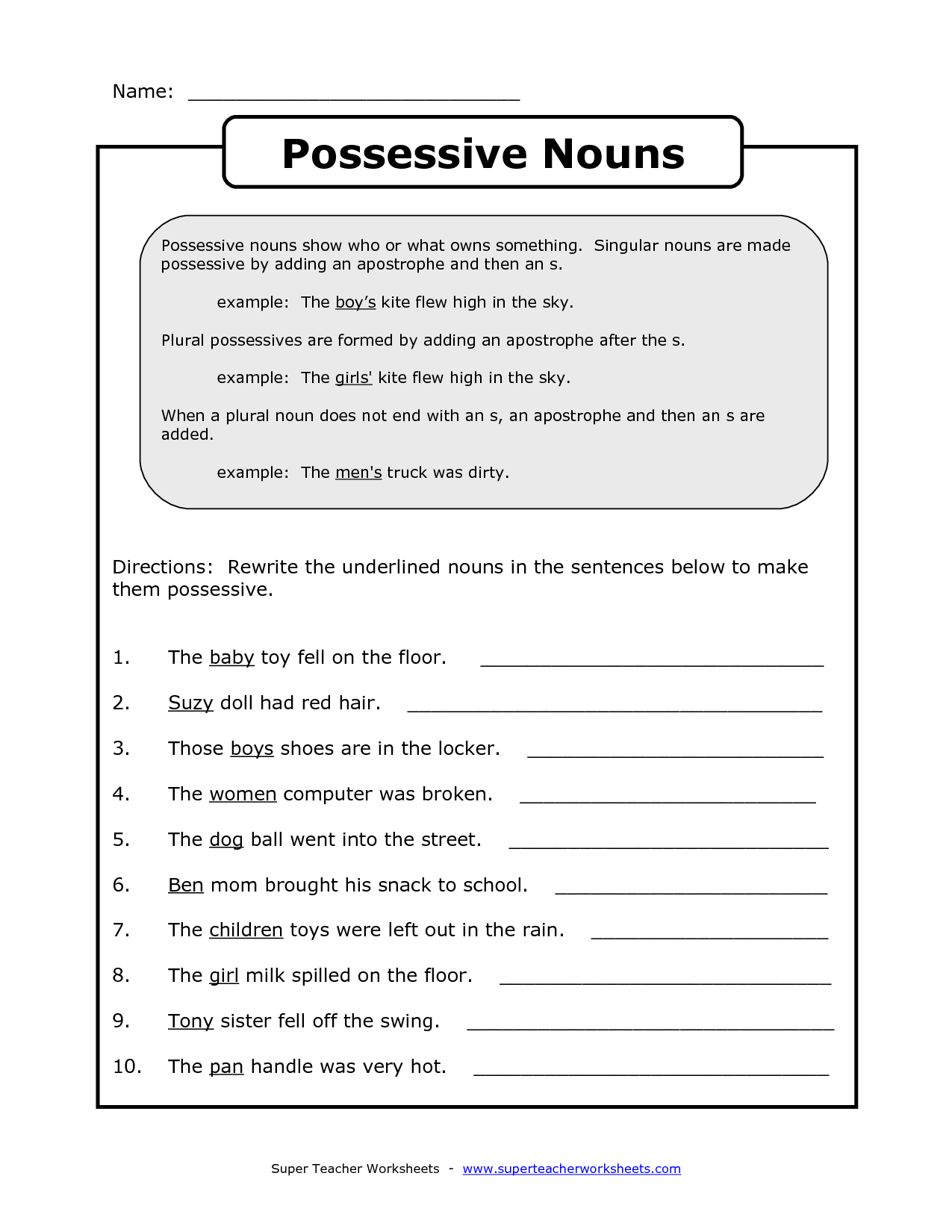



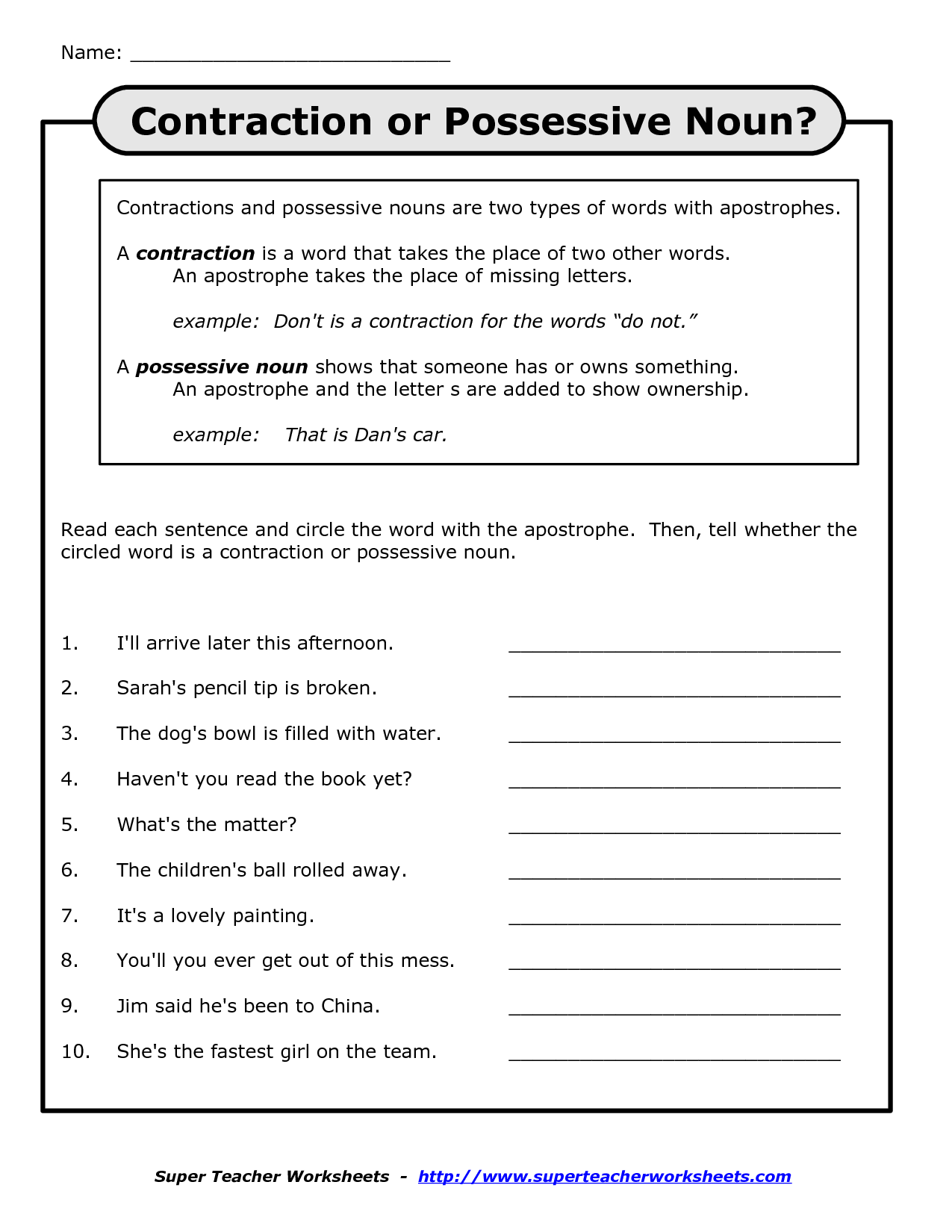
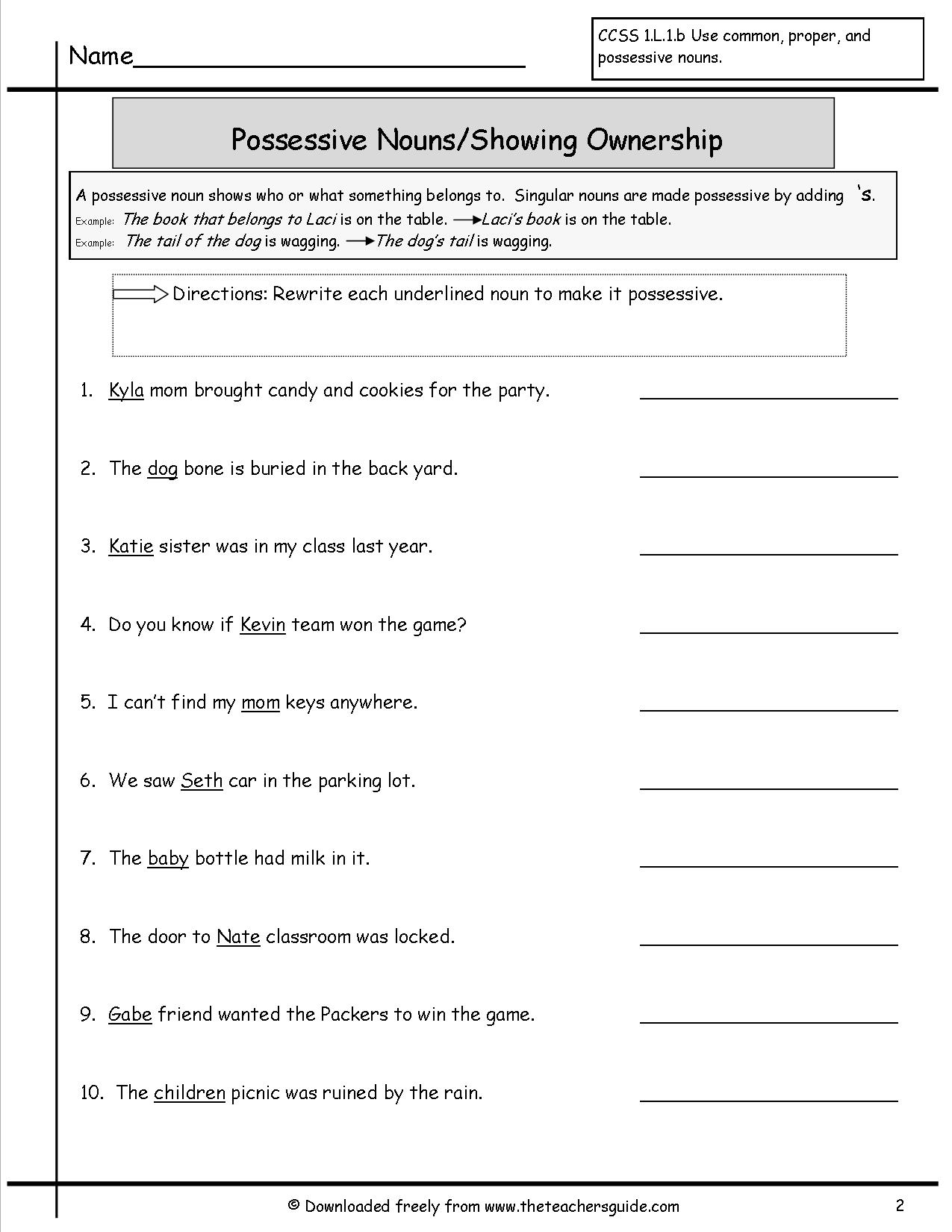
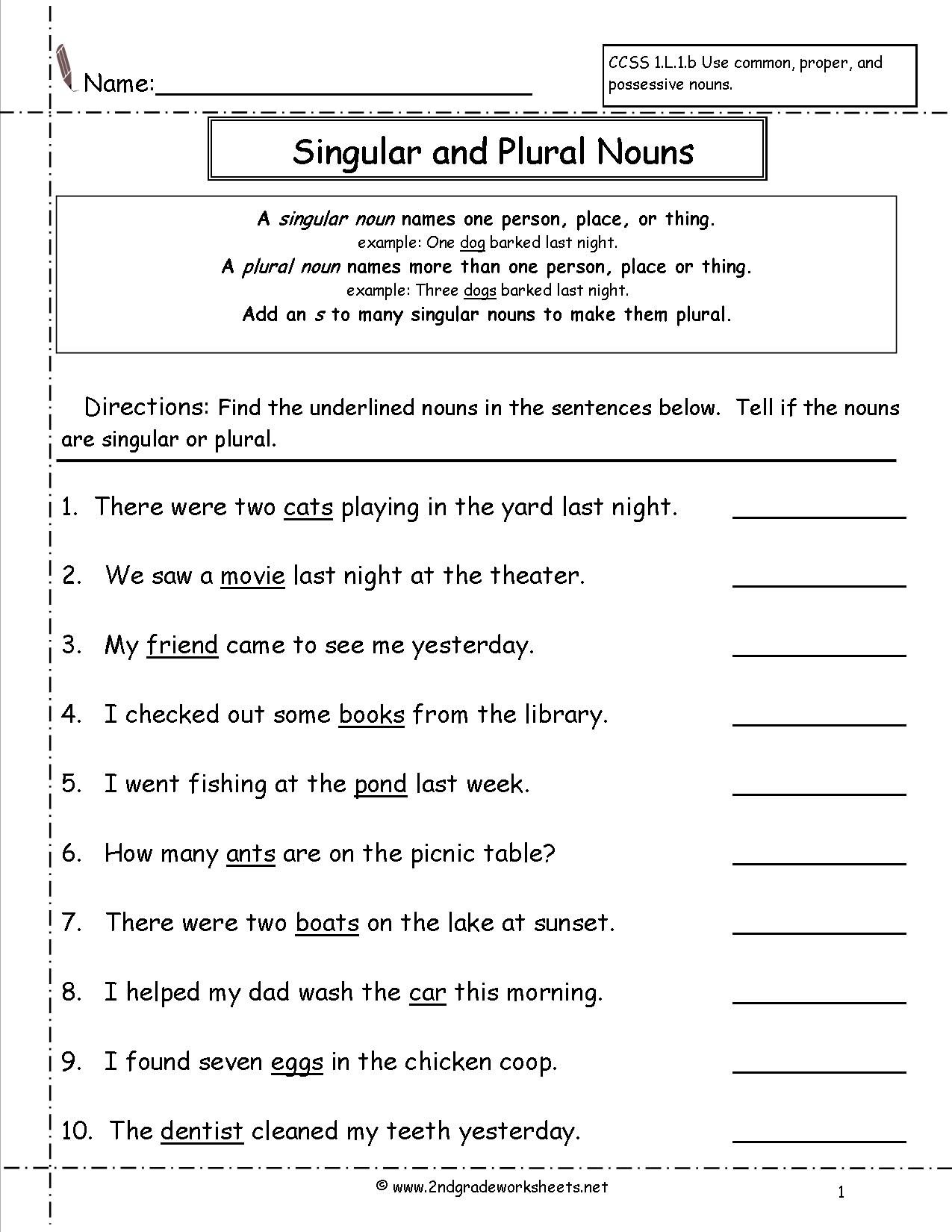
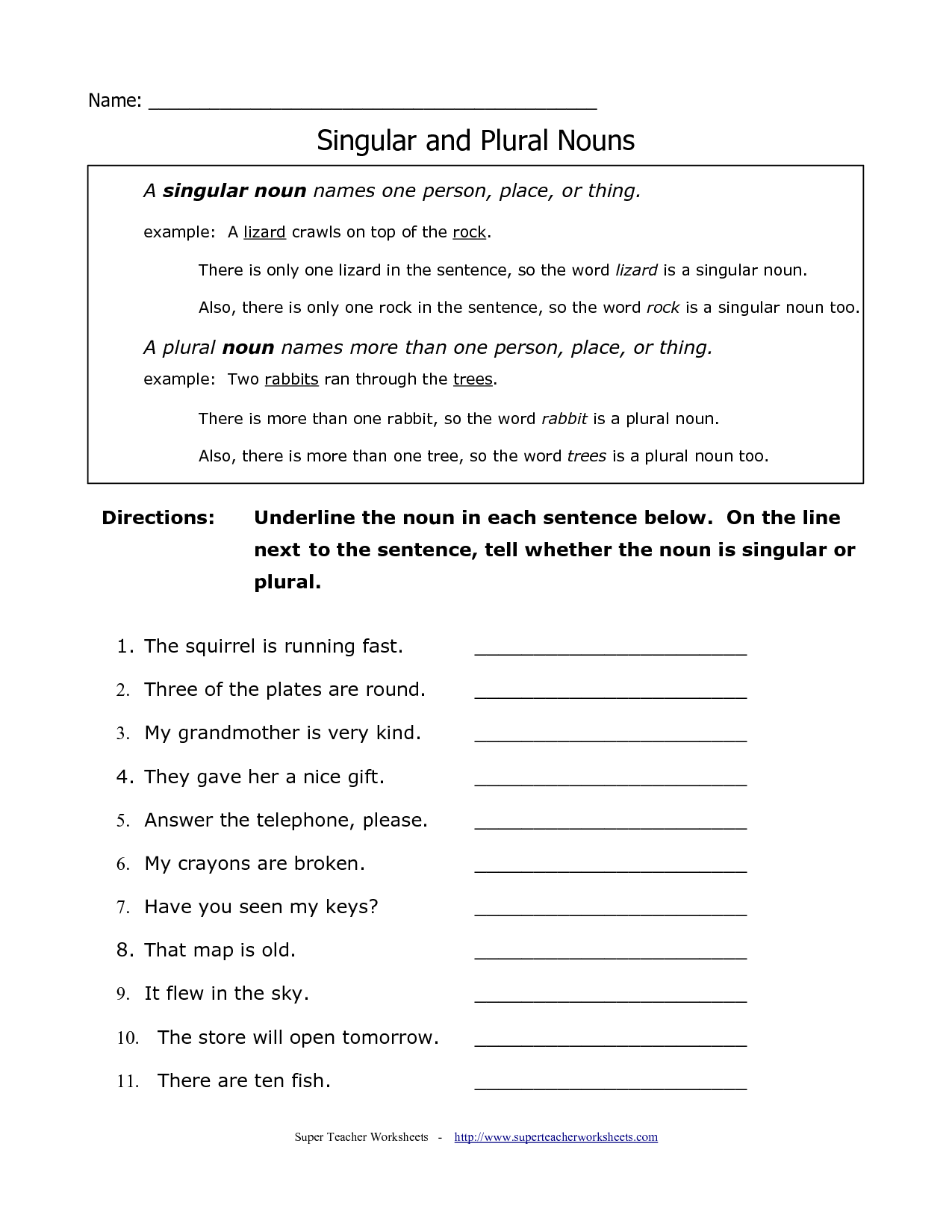
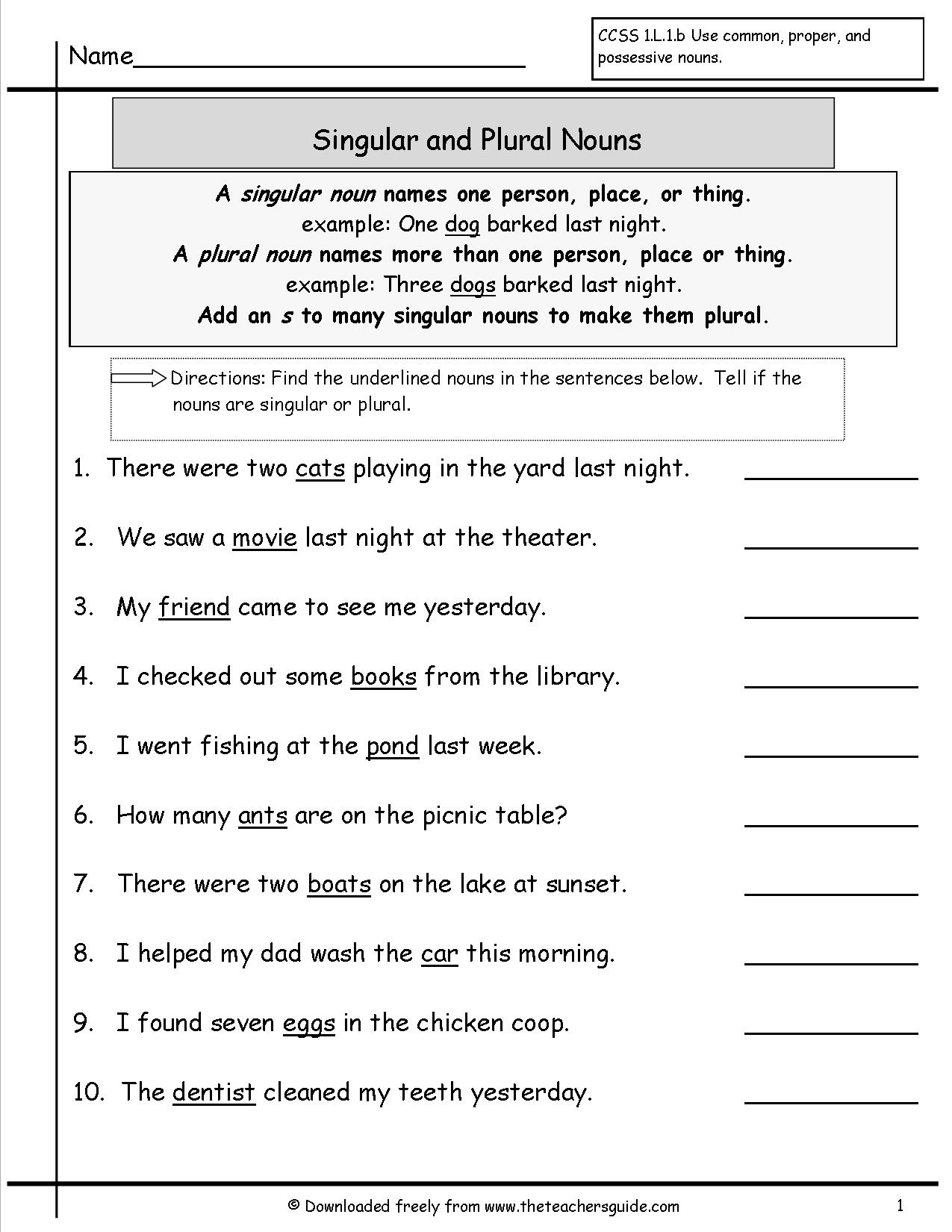
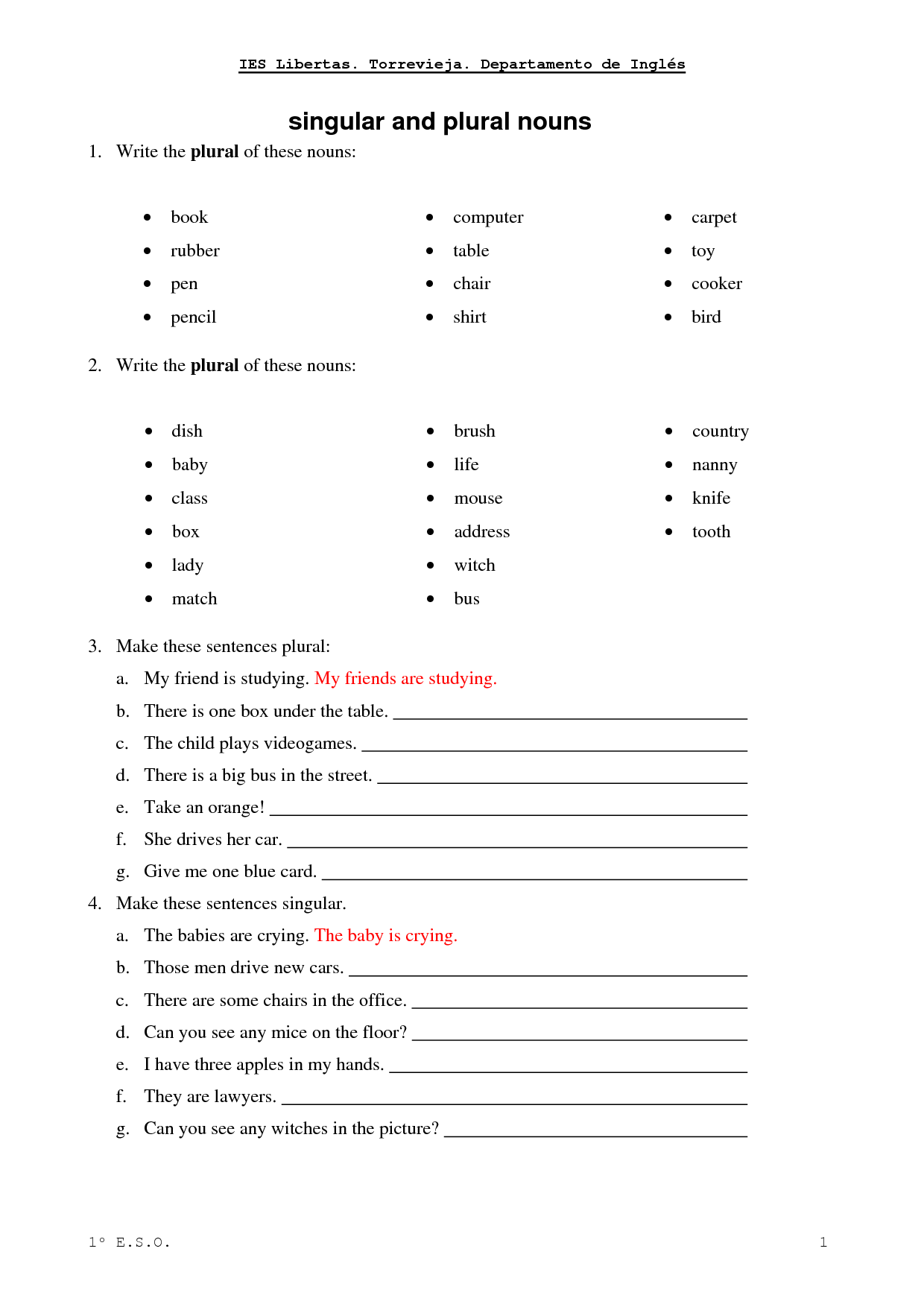
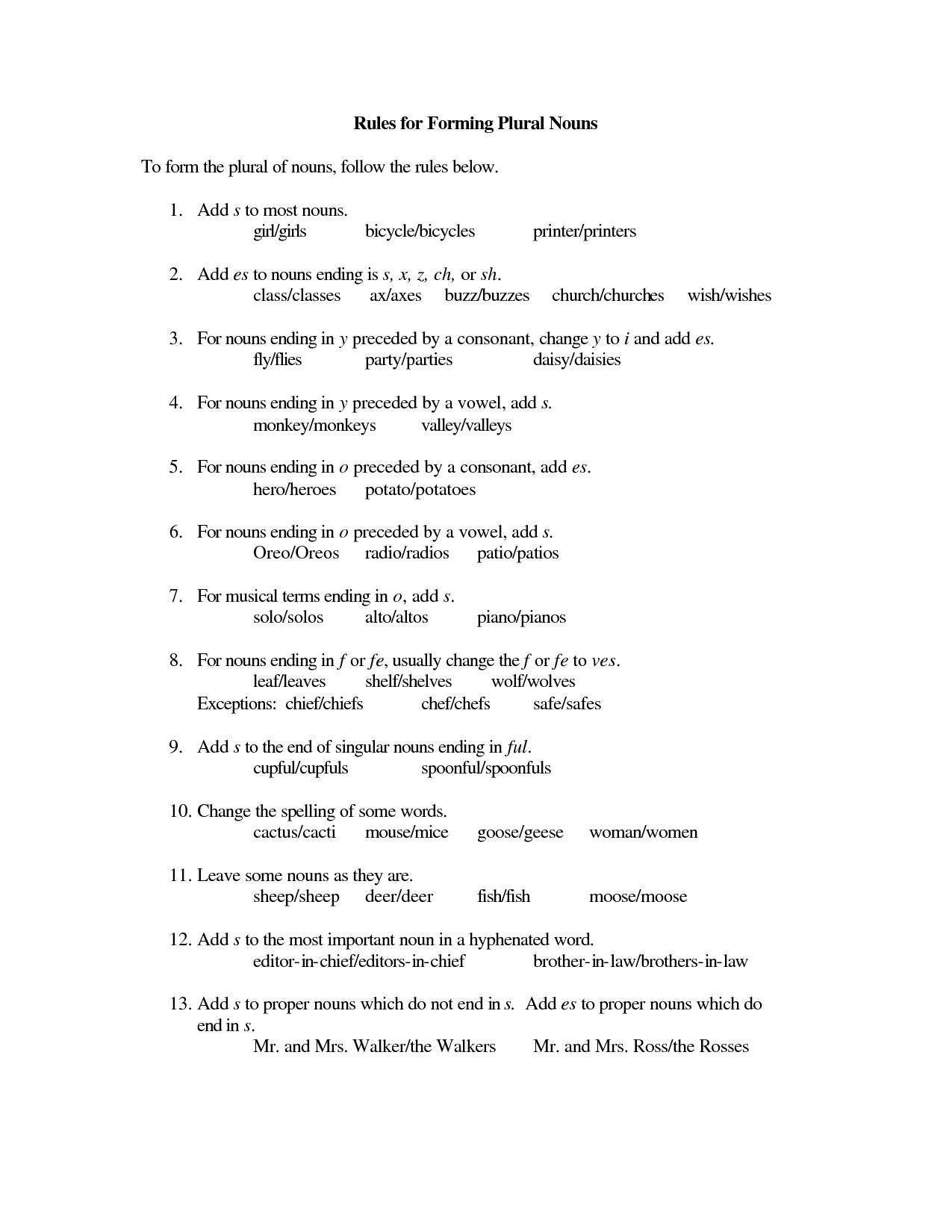
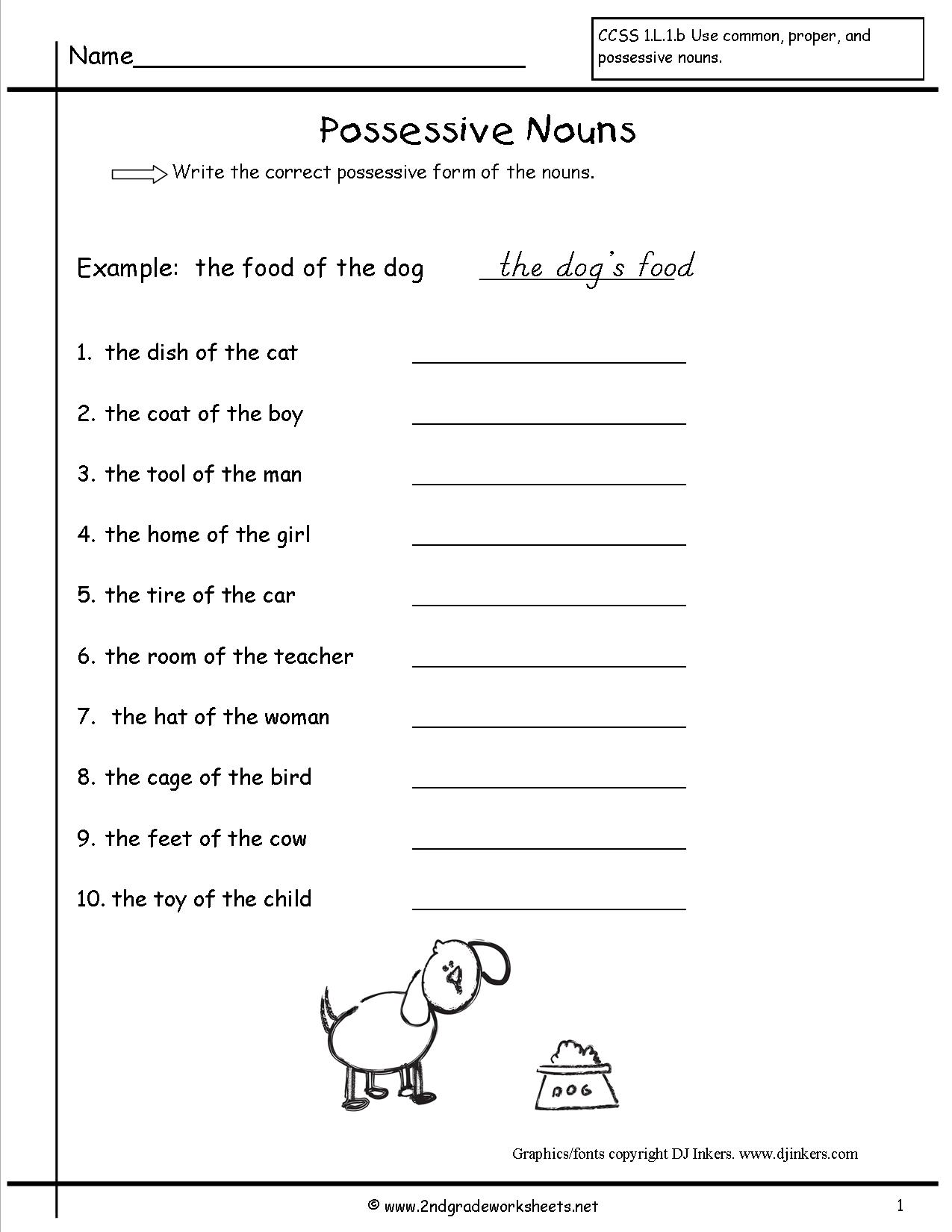
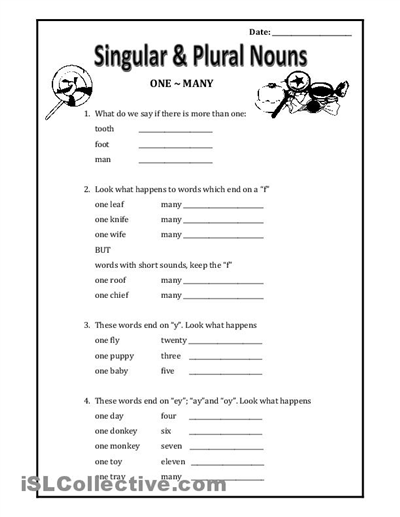
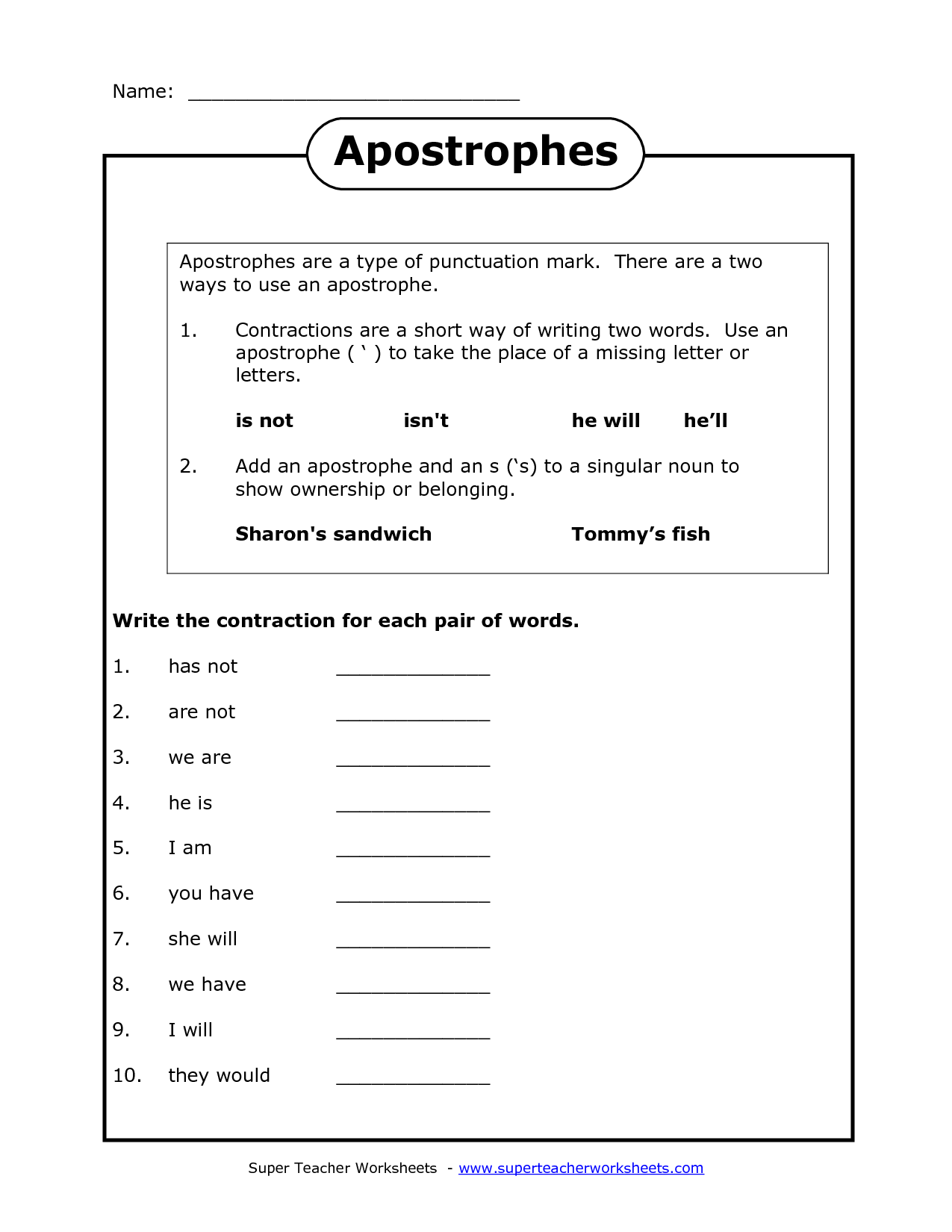














Comments